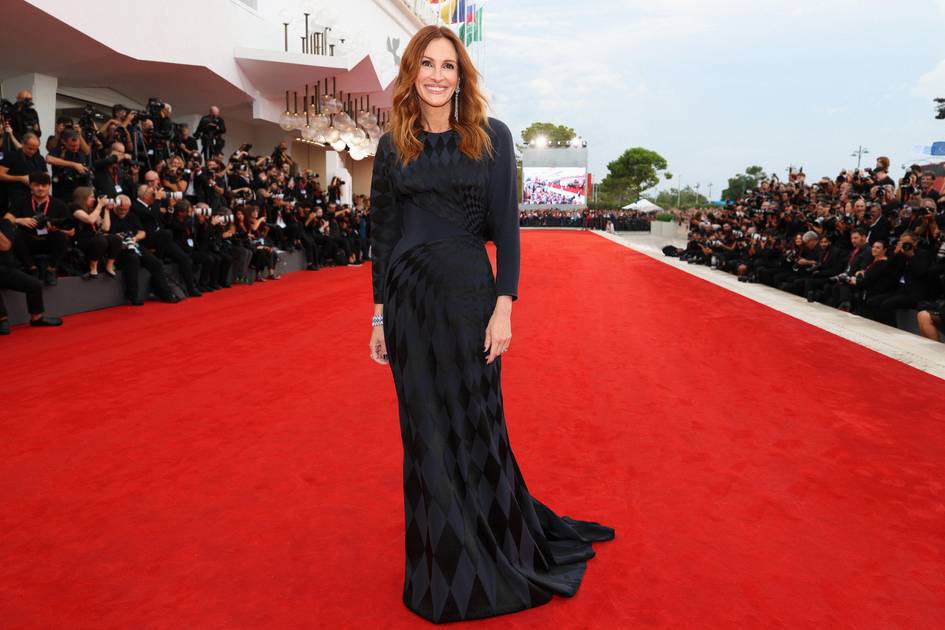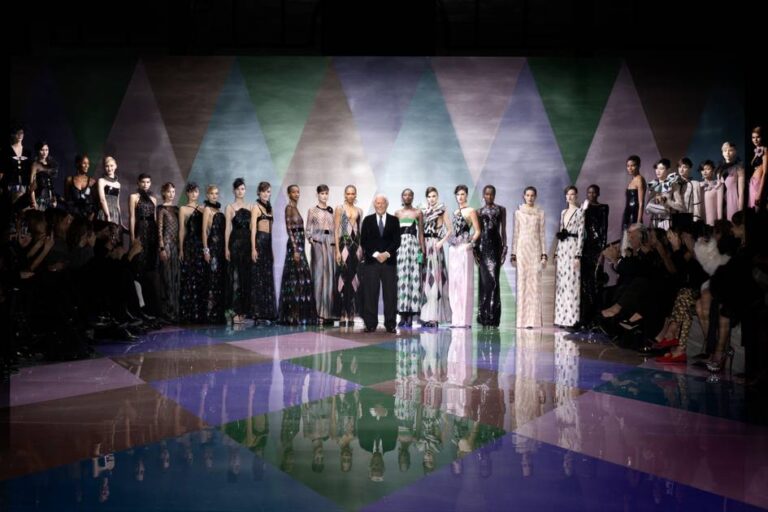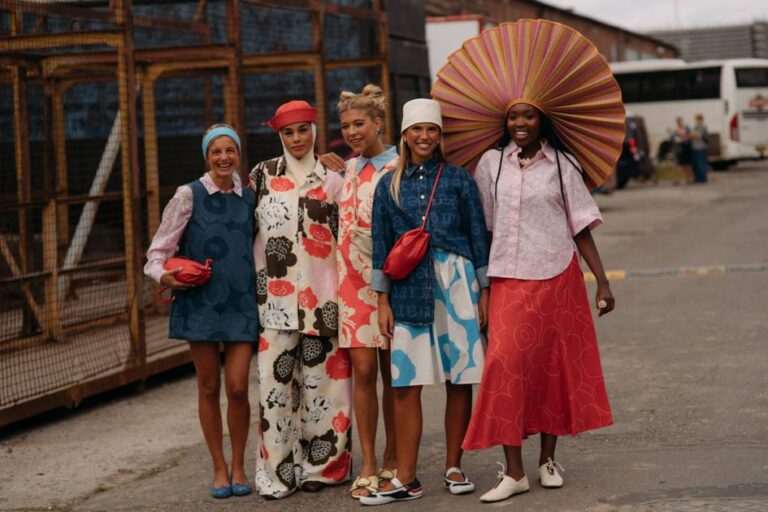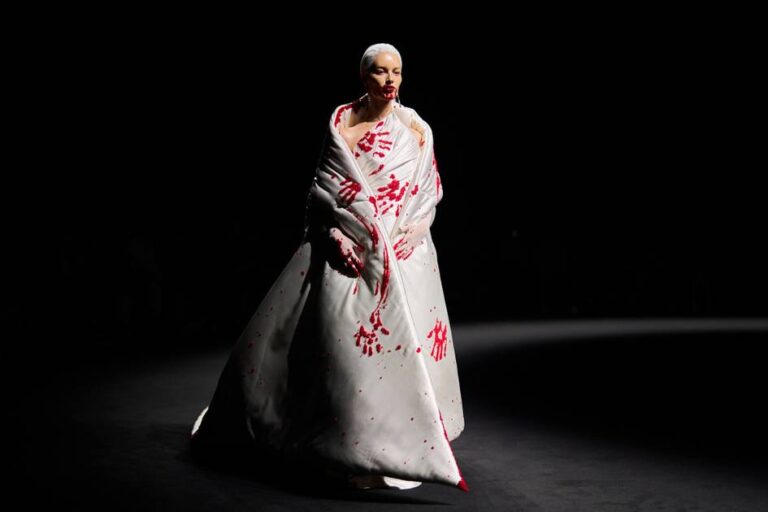Luxury Fashion Faces Change: Anticipating Key Designer Launches

The Venice Film Festival’s red carpet hints at the current state of the luxury fashion industry. Following a lengthy summer and the July haute couture showcases, celebrity fashion has regained importance. However, with catwalk presentations becoming increasingly predictable, there is a palpable sense of anxiety in the womenswear sector.
Mixed Reactions at the Venice Film Festival
This year’s festival highlighted the industry’s mixed reactions to new collections. Notable designs included Jonathan Anderson’s Dior haute couture, featuring a distinctive navy gown, alongside Dario Vitale’s debut at Versace, where Julia Roberts donned a casual jeans-and-blazer look. Meanwhile, Chanel’s recent creations, potentially crafted under Matthieu Blazy, seemed to miss the mark, lacking the usual vibrancy and direction associated with the brand.
High-Profile Debuts on the Horizon
Looking forward, several highly anticipated designer launches are set to reshape the landscape. Anderson at Dior womenswear, along with Blazy at Chanel and Demna at Gucci, signifies a pivotal moment. These changes will not only breathe new life into their brands but also present unique challenges as they strive to redefine luxury amidst changing market dynamics.
The Luxury Industry’s Ongoing Challenges
The luxury sector faces significant hurdles, particularly uninspiring collections paired with steep price tags. As a result, consumers are turning to brands that convey better value for money. Traditional marketing strategies are increasingly scrutinized by consumers who seek authenticity over extravagant advertising.
Market Performance Insights
Current market data underscores these challenges. The global market for personal luxury goods is expected to shrink by 2–5 percent in 2025, a stark contrast to the previous years’ growth. Economic instability, evolving consumer expectations, and the fallout from years of high pricing—often termed “blingflation”—are stifling sales for European giants like LVMH and Kering. In contrast, American brands like Coach and Ralph Lauren report impressive growth, appealing to a younger demographic attracted to accessible luxury.
Redefining Luxury for a New Era
The industry’s reliance on perpetual price hikes has alienated some longstanding consumers, creating opportunities for value-oriented competitors. The pressing task for luxury brands is to craft designs that resonate with aesthetics and emotional depth.
The upcoming months will determine if this new wave of designers can address these demands effectively. Success hinges on not just creativity but also an awareness of shifting consumer priorities amid economic uncertainty. Without this insight, the luxury sector risks losing its relevance as traditional markers of prestige face increasing scrutiny.
- The Venice Film Festival revealed tensions in the luxury sector, with collections drawing lukewarm responses.
- The luxury market confronts contraction, changing consumer expectations, and a disconnect caused by high prices, leading to stagnations among European brands.
- To remain relevant, the industry must create emotionally engaging and visually appealing designs.
What are your thoughts on the future of luxury fashion amidst these challenges?
![Jonathan Saunders Introduces Fresh Branding for [& Other Stories]](https://alist.studio/wp-content/uploads/2025/09/Jonathan-Saunders-Introduces-Fresh-Branding-for-Other-Stories-768x512.jpeg)




